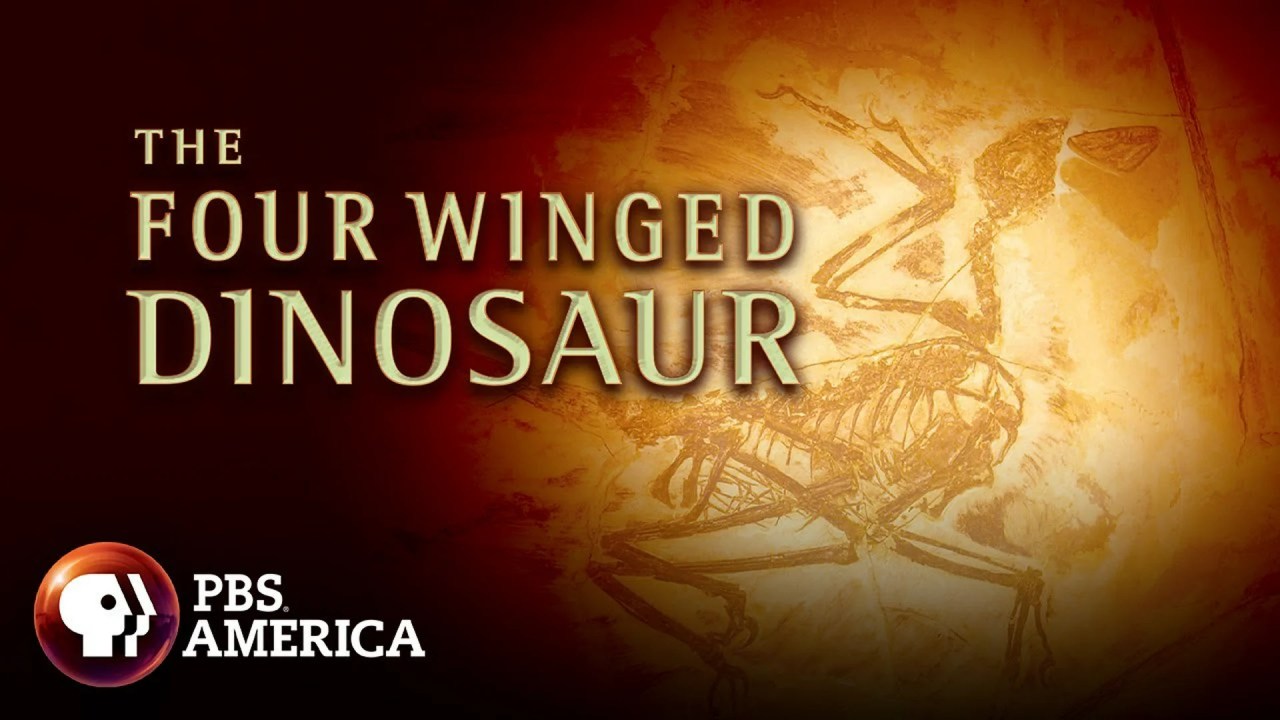In 2002, the discovery of a beautiful and bizarre fossil astonished scientists and reignited the debate over the origin of flight. With four wings and superbly preserved feathers, the creature 130 million years, was like nothing paleontologists had seen before. In this program, NOVA travels to China stone quarry where the fossil discovered (a famous fossil treasure) and joins leading figures in the world of paleontology, biomechanics, aerodynamics, animation and scientific reconstruction carry out a rather unorthodox experiment: a wind tunnel test flight of a replica of ancient scientists rarity. Dubbed Microraptor, the crow-sized fossil is one of the smallest dinosaurs ever found and one of the most controversial, challenging conventional theories and assumptions about the evolution of flight. But how Microraptor use their wings? Is it extends its arm and leg-mounted wings in the style of an early 20-century biplane to produce lift at low speed? He used it to create a single lifting surface efficient, fast, slip? Do you use some combination of these two methods? Or were the extra wings useless for flight and is likely to have been for other purposes such as attracting a mate?
To answer these questions, NOVA interviews Chinese paleontologist Xu Xing, who first recognized the importance of Microraptor and gave it its name, paleontologist Mark Norell and artist Mick Ellison of the American Museum of Natural History paleontologist Larry Martin of the University of Kansas; anatomist Farish Jenkins of the Museum of Comparative Zoology at Harvard University, and aerodynamics Kenny Breuer of Brown University. In addition, NOVA commissions a “flight-ready” wind tunnel model of Microraptor complete with feathers and articulating joints. Artists have historically played an important role in paleontology, helping to reconstruct the appearance and behavior of ancient animals. In the case of Microraptor, two completely different reconstructions were made, one at the American Museum of Natural History, and the other at the University of Kansas, based on different samples and different techniques. The two very different reconstructions play into a long-standing scientific controversy about the origin of bird flight. For years the debate has been a confrontation between two camps: those who believe dinosaurs were the ancestors of birds, and those who do not.




















